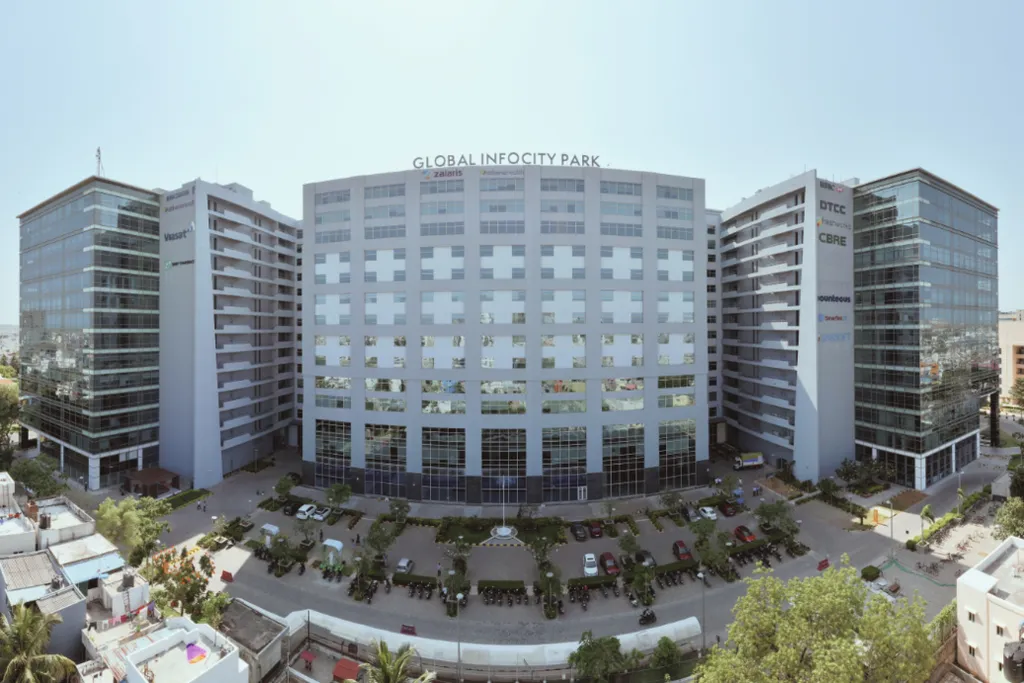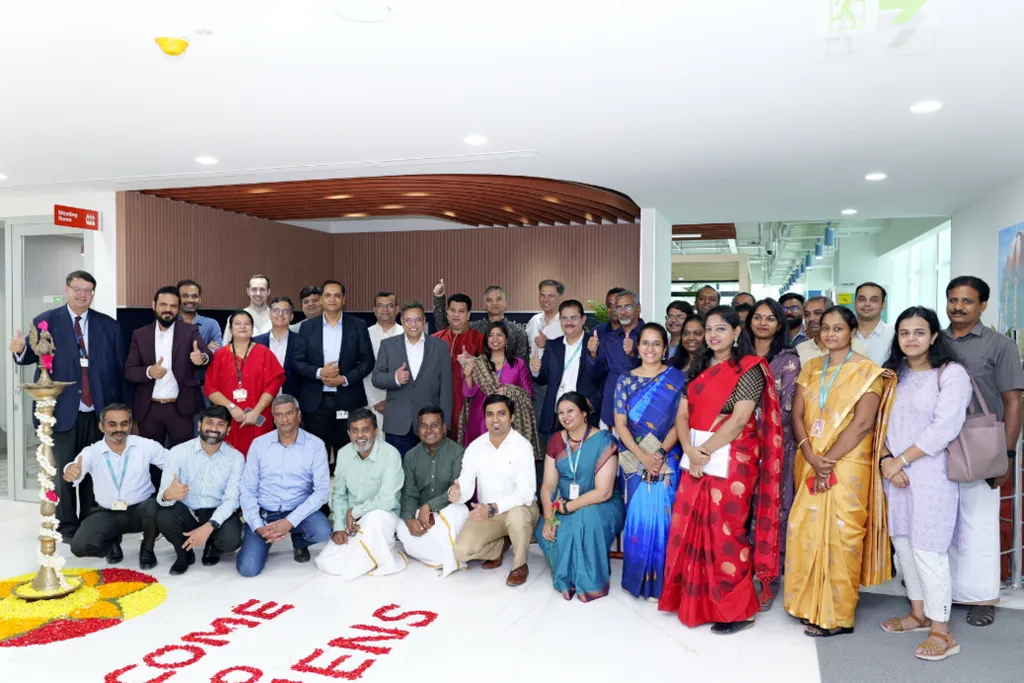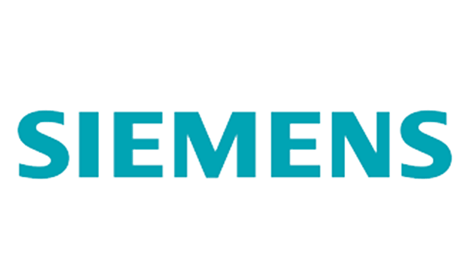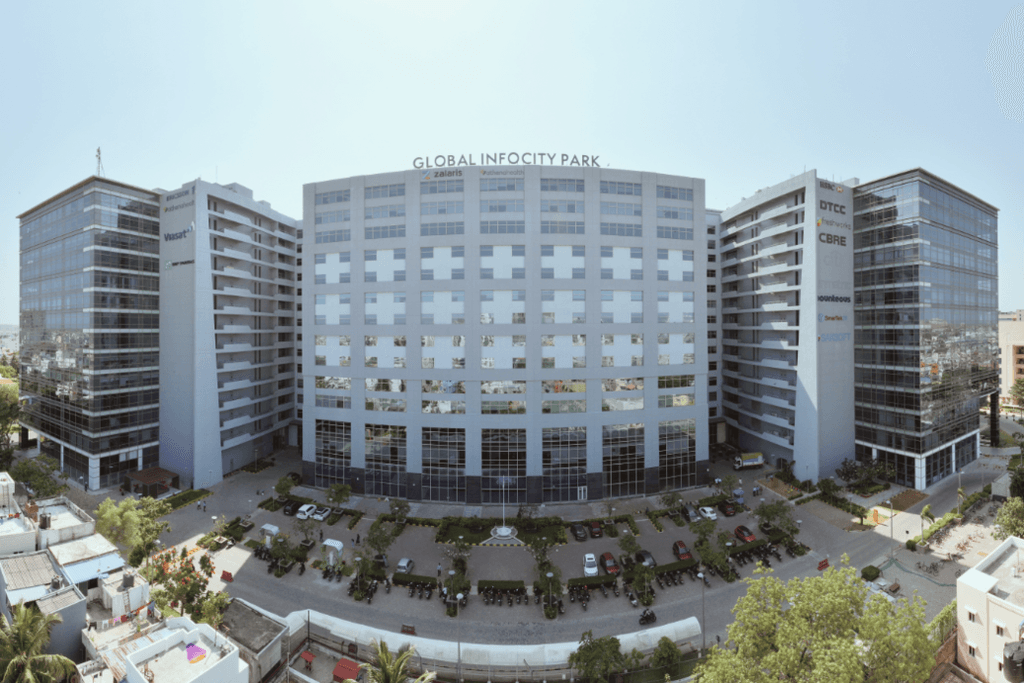Siemens – Siemens strengthens Data Center presence with new Center of Competence for APAC
- Located in Chennai, the new facility reflects Siemens commitment to support the growing Data Center market in Asia Pacific
- Will unite 200+ designers, planners, engineers and project managers in one location, facilitating greater innovation in scalable and modular Data Center solutions
- Complements two existing Siemens Centers of Competence for Data Centers in The Hague, Netherlands and in North Carolina, US
Siemens today inaugurated a new Center of Competence for Data Centers at the Global Infocity Park in Chennai, India.

Located in Chennai, the new Data Center facility reflects Siemens commitment to support the growing market
Spanning 6,000m2, the new facility will serve as a regional innovation hub, not only uniting a team of more than 200 designers, planners, engineers and project managers in one location, but also enabling co-creation with partners and customers across the Asia Pacific (APAC) region.
The launch comes as the Data Center market continues to grow at unprecedented speed, with a predicted 10.9 percent Compound Annual Growth Rate from 2023-2030. The APAC region alone is estimated to invest a staggering $75 billion in Data Centers in 2025. This would see it overtake the US to become the highest investing region in Data Centers globally.
Remco Sloothaak, Data Centers IEC Business Line Head at Siemens Smart Infrastructure, commented: “Today’s launch of our highly anticipated Center of Competence signifies the importance of the Data Center market for Siemens, both on a global level, and specifically in APAC. With this new facility we now have a network of technical experts housed across three sites around the world, who are able to provide the very best customer support on a 24/7 basis.”

Siemens inaugurates new Center of Competence for Data Centers in APAC

New Chennai Center of Competence unites designers, planners, engineers and project managers in one location
With the need to deliver rapid onsite deployment for Data Center customers, the expert team in Chennai will focus on developing modular and scalable power distribution and power automation solutions, which can reduce installation and commissioning time by as much as 60 percent.
Data Centers are one of the most energy intensive sectors, consuming an estimated 240-340 terawatt-hours (TWh) in 2022, which represented 1-1.3 percent of global electricity usage1. Such power solutions are therefore critical in enabling Data Centers to operate more efficiently. By combining the real and digital worlds, Siemens can enable the sustainable transformation of Data Center infrastructure, creating customized solutions designed to meet specific customer needs and targets.
Ciaran Flanagan, Global Head of Data Center Solutions at Siemens Smart Infrastructure, concludes: “The exponential growth in data brings both new challenges and opportunities for our customers. We are committed to enabling them to optimize their operations, bringing their vision to life in an efficient way and helping them to reduce both their costs alongside achieving their sustainability goals. The launch of our new Chennai facility is the next important milestone in that journey.”
For more information on Siemens Smart Infrastructure, please see Siemens Smart Infrastructure
For more information on our data centers solutions, visit Siemens Smart Infrastructure – Data Centers
1 https://www.iea.org/energy-system/buildings/data-centres-and-data-transmission-networks
SourceSiemens
EMR Analysis
More information on Siemens: See full profile on EMR Executive Services
More information on Dr. Roland Busch (President and Chief Executive Officer, Siemens AG): See full profile on EMR Executive Services
More information on Siemens Smart Infrastructure (SI): https://new.siemens.com/global/en/company/about/businesses/smart-infrastructure.html + Smart Infrastructure is shaping the market for intelligent, adaptive infrastructure for today and the future. It addresses the pressing challenges of urbanization and climate change by connecting energy systems, buildings, and industries. SI provides customers with a comprehensive end-to-end portfolio from a single source – with products, systems, solutions, and services from the point of power generation all the way to consumption. With an increasingly digitalized ecosystem, it helps customers thrive and communities progress while contributing toward protecting the planet. Siemens Smart Infrastructure has its global headquarters in Zug, Switzerland. As of September 30, 2023, the business had around 75,000 employees worldwide
More information on Matthias Rebellius (Member of the Managing Board and Chief Executive Officer, Siemens Smart Infrastructure (SI), Siemens AG): See the full profile on EMR Executive Services
More information on Ciaran Flanagan (Global Head of Data Center Solutions, Siemens Smart Infrastructure (SI), Siemens AG): See the full profile on EMR Executive Services
More information on Remco Sloothaak (Head of Data Centers IEC Business Line, Siemens Smart Infrastructure (SI), Siemens AG): See the full profile on EMR Executive Services
More information on IEA (International Energy Agency): https://www.iea.org + The IEA is at the heart of global dialogue on energy, providing authoritative analysis, data, policy recommendations, and real-world solutions to help countries provide secure and sustainable energy for all.
The IEA was created in 1974 to help co-ordinate a collective response to major disruptions in the supply of oil. While oil security this remains a key aspect of our work, the IEA has evolved and expanded significantly since its foundation.
Taking an all-fuels, all-technology approach, the IEA recommends policies that enhance the reliability, affordability and sustainability of energy. It examines the full spectrum issues including renewables, oil, gas and coal supply and demand, energy efficiency, clean energy technologies, electricity systems and markets, access to energy, demand-side management, and much more.
Since 2015, the IEA has opened its doors to major emerging countries to expand its global impact, and deepen cooperation in energy security, data and statistics, energy policy analysis, energy efficiency, and the growing use of clean energy technologies.
More information on Dr. Fatih Birol (Executive Director, International Energy Agency): https://www.iea.org/contributors/dr-fatih-birol + https://www.linkedin.com/in/fatih-birol/
EMR Additional Notes:
- Cloud Computing:
- Cloud computing is a general term for anything that involves delivering hosted services over the internet. … Cloud computing is a technology that uses the internet for storing and managing data on remote servers and then access data via the internet.
- Cloud computing is the on-demand availability of computer system resources, especially data storage and computing power, without direct active management by the user. Large clouds often have functions distributed over multiple locations, each location being a data center.
- Edge Computing:
- Edge computing is a form of computing that is done on site or near a particular data source, minimizing the need for data to be processed in a remote data center.
- Edge computing can enable more effective city traffic management. Examples of this include optimising bus frequency given fluctuations in demand, managing the opening and closing of extra lanes, and, in future, managing autonomous car flows.
- An edge device is any piece of hardware that controls data flow at the boundary between two networks. Edge devices fulfill a variety of roles, depending on what type of device they are, but they essentially serve as network entry — or exit — points.
- There are five main types of edge computing devices: IoT sensors, smart cameras, uCPE equipment, servers and processors. IoT sensors, smart cameras and uCPE equipment will reside on the customer premises, whereas servers and processors will reside in an edge computing data centre.
- In service-based industries such as the finance and e-commerce sector, edge computing devices also have roles to play. In this case, a smart phone, laptop, or tablet becomes the edge computing device.
- Edge Devices:
- Edge devices encompass a broad range of device types, including sensors, actuators and other endpoints, as well as IoT gateways. Within a local area network (LAN), switches in the access layer — that is, those connecting end-user devices to the aggregation layer — are sometimes called edge switches.
- Data Centers:
- A data center is a facility that centralizes an organization’s shared IT operations and equipment for the purposes of storing, processing, and disseminating data and applications. Because they house an organization’s most critical and proprietary assets, data centers are vital to the continuity of daily operations.
- Hyperscale Data Centers:
- The clue is in the name: hyperscale data centers are massive facilities built by companies with vast data processing and storage needs. These firms may derive their income directly from the applications or websites the equipment supports, or sell technology management services to third parties.
- Kilowatt (kW):
- A kilowatt is simply a measure of how much power an electric appliance consumes—it’s 1,000 watts to be exact. You can quickly convert watts (W) to kilowatts (kW) by diving your wattage by 1,000: 1,000W 1,000 = 1 kW.
- Megawatt (MW):
- One megawatt equals one million watts or 1,000 kilowatts, roughly enough electricity for the instantaneous demand of 750 homes at once.
- Gigawatt (GW):
- A gigawatt (GW) is a unit of power, and it is equal to one billion watts.
- According to the Department of Energy, generating one GW of power takes over three million solar panels or 310 utility-scale wind turbines
- Terawatt (TW):
- One terawatt is equal to 1,000,000,000,000 watts.
- The main use of terawatts is found in the electric power industry.
- According to the United States Energy Information Administration, America is one of the largest electricity consumers in the world using about 4,146.2 terawatt-hours.


